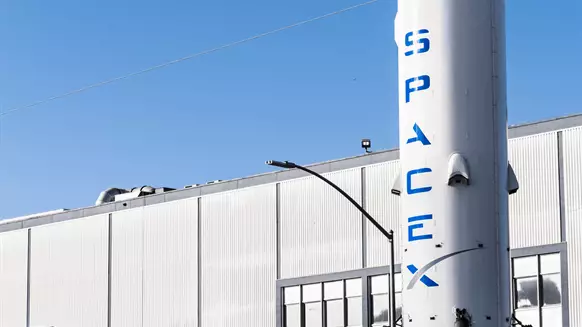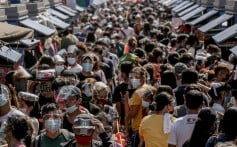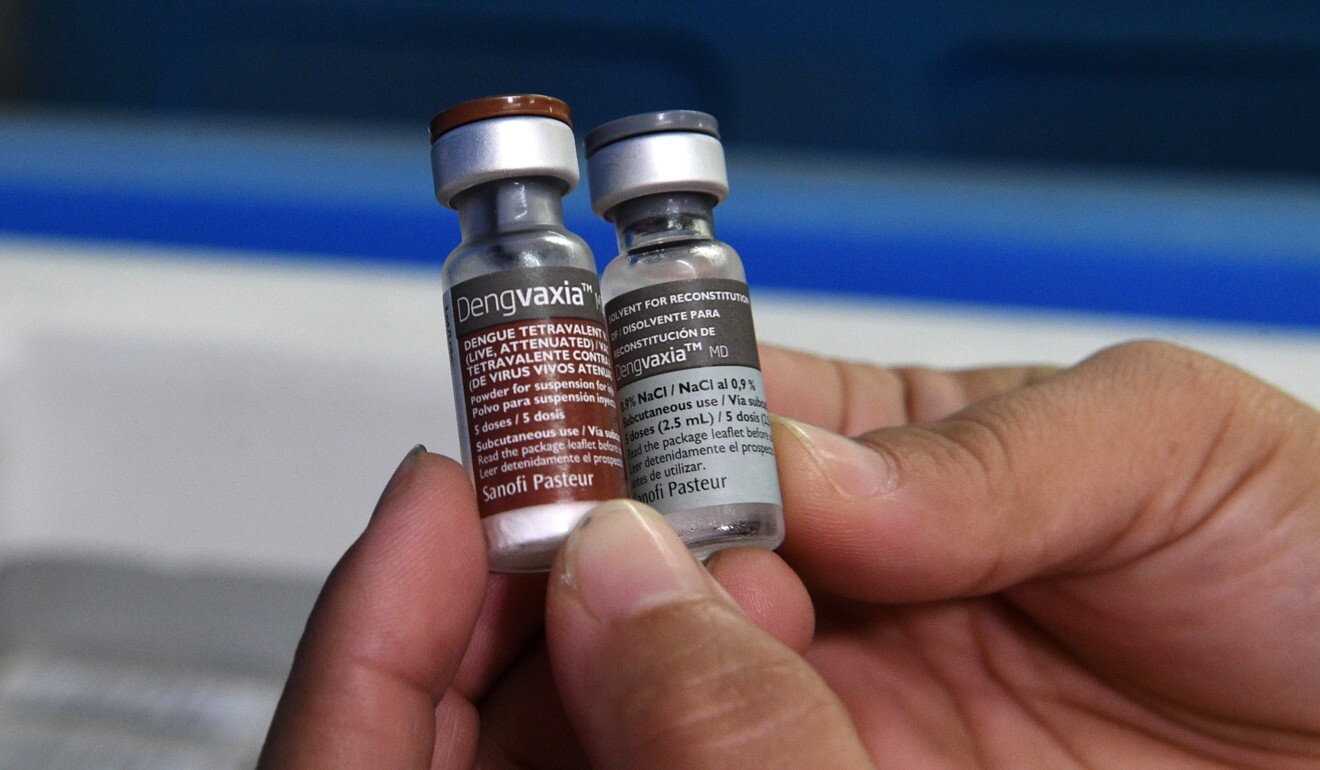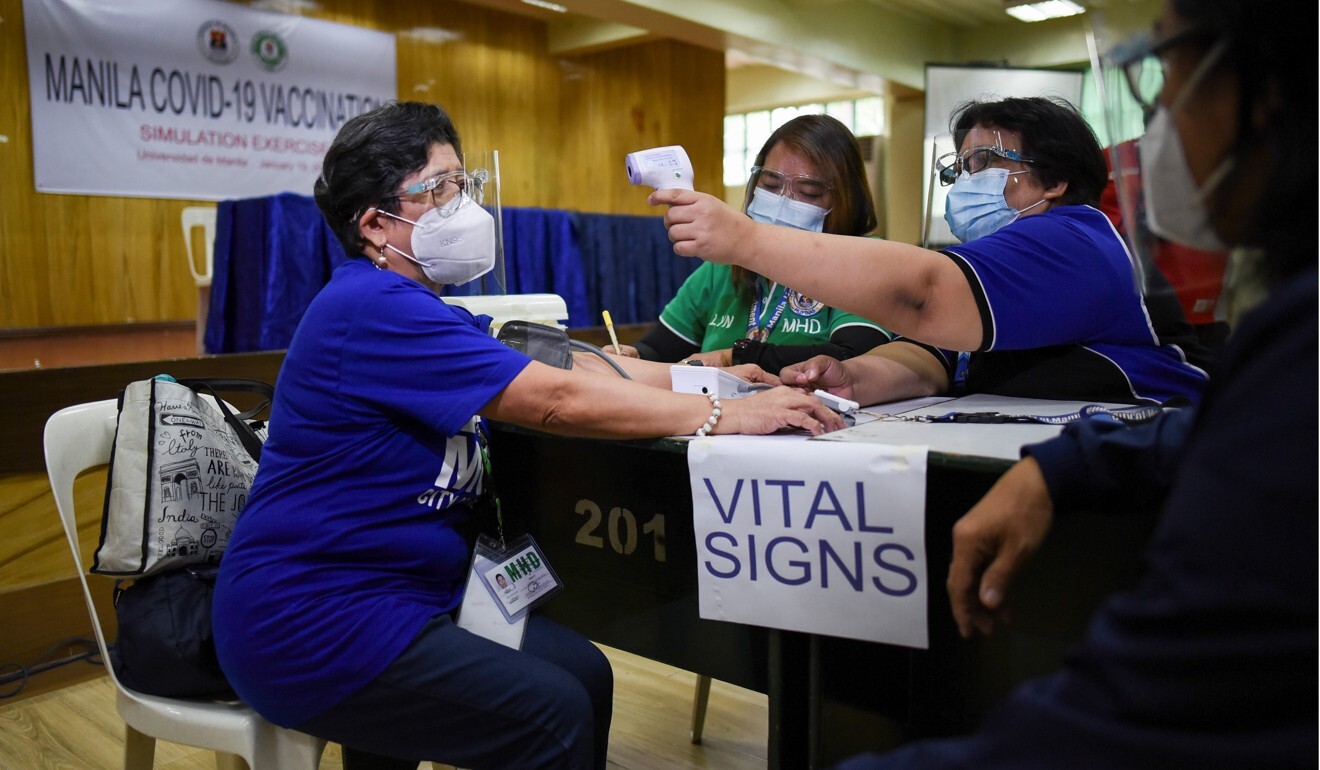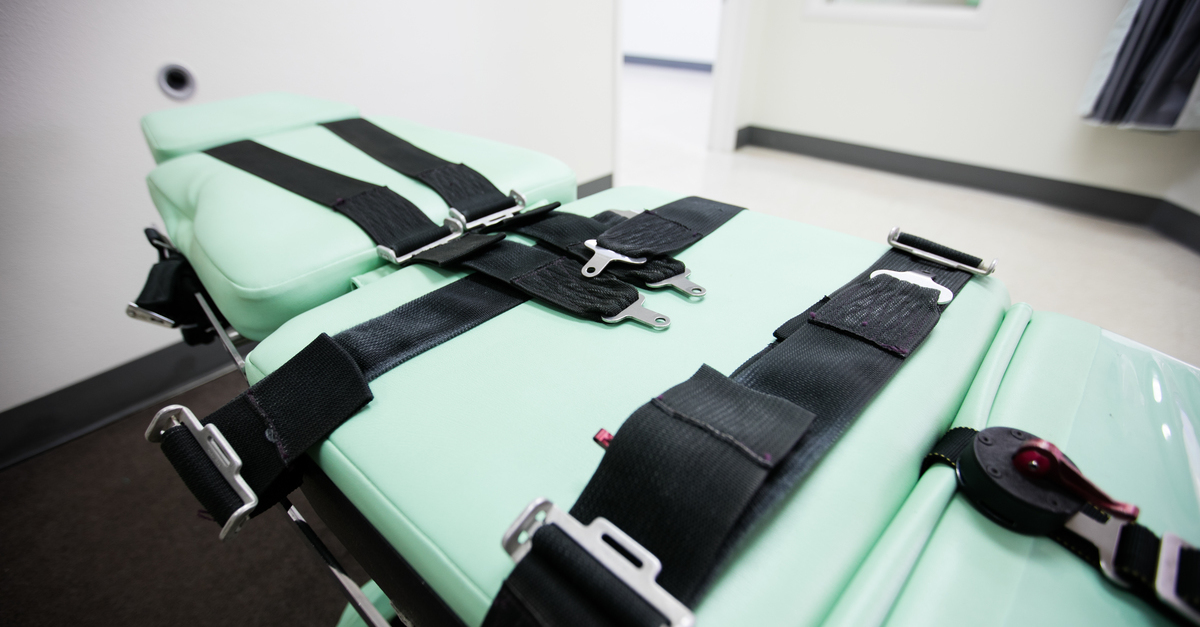UC Davis nationwide survey
News reports indicate COVID-19 vaccines are not getting out soon enough nor in adequate supplies to most regions, but there may be a larger underlying problem than shortages. A University of California, Davis, study found that more than a third of people nationwide are either unlikely or at least hesitant to get a COVID-19 vaccine when it becomes available to them.
The results are from public polling of more than 800 English-speaking adults nationwide in a study published online earlier this month in the journal Vaccine.
"Our research indicates that vaccine uptake will be suboptimal ... with 14.8 percent of respondents being unlikely to get vaccinated and another 23 percent unsure," said Jeanette B. Ruiz, assistant professor of teaching communication at UC Davis and lead author of the study.
"Even though vaccination remains one of the most effective public health initiatives, some still doubt the efficacy and safety of vaccines. Unfortunately, the seemingly rushed process of the COVID-19 vaccine may have further fueled these doubts."
Co-author is Robert Bell, emeritus professor of communication, UC Davis.
Respondents cited vaccine safety and effectiveness assessments as the primary basis for hesitancy, authors said.
In the study, compensated participants were recruited from the United States through an Internet survey panel of 2.5 million residents developed by a commercial survey firm. Recruitment was based on quota sampling to produce a U.S. census-matched sample representative of the nation, and was representative of the U.S. population in terms of region of residence, sex and age, but also diverse with regard to all demographic variables assessed.
Researchers measured the respondents' intention to vaccinate; demographic and health status profile of individuals least likely to vaccinate; general vaccine knowledge and vaccine conspiracy beliefs; and the role of media and partisan politics played in their resistance to vaccination.
Political party, health risk factors, media contribute to attitudes
Authors indicated demographic characteristics, vaccine knowledge, perceived vulnerability to COVID-19, risk factors for COVID-19, and politics likely contribute to vaccination hesitancy. The study was conducted relatively early in the pandemic outbreak during two days in June 2020.
Demographic predictors of likelihood of being vaccinated against COVID-19 included having an income of $120,000 or higher, or being a Democrat (in comparison to the reference category Republican). The members of three political groups -- Democrat, Republican or Independent -- did not differ in their reported vaccine knowledge, however. One fourth of those identifying with no political party reported they were not likely to get vaccinated.
Media had an effect too. Respondents relying primarily on social media for information about COVID-19 anticipated a lower likelihood of COVID-19 vaccine acceptance. Those reporting getting their information from various other media did not show significant differences in vaccine acceptance, but viewers of Fox News did report being more hesitant than viewers of other broadcast news, the research showed. Authors noted that it is possible that individuals gravitate toward the cable news networks that present a view on the pandemic that is aligned with their own opinions.
Media reports have regularly noted that men, adults age 65 and over, and individuals with pre-existing conditions are most vulnerable to COVID-19, and respondents from these groups said they were more likely to accept a future vaccine in this survey. A majority of the least-educated respondents did not expect to get vaccinated against COVID-19, researchers said.
The top four reasons given for vaccination hesitancy were as follows: concerns about vaccine side effects, worries about allergic responses to the vaccine, doubts about vaccine effectiveness and a preference for developing immunity through infection. Other reasons were less frequently cited -- including being healthy, fear of needles, being immune from past infection, being young and lack of concern about developing a serious illness.
Unfortunately, the health disparities present in the spread and treatment of COVID-19 were reflected in survey participants' vaccination hesitancy estimations," researchers said in the paper. "The pandemic has especially burdened the African American, Latino and Native American communities, who account for a disproportionate number of COVID-19 cases and deaths. Greater likelihood of COVID-19 vaccine acceptance was associated with more knowledge about vaccines, less acceptance of vaccine conspiracies, elevated COVID-19 threat appraisals and being current with influenza immunization."
Primary Findings Summary
- Male, older, white, married, and those from higher-income households more likely to vaccinate.
- Republicans and Fox News viewers were less likely to vaccinate.
- Being currently immunized against influenza predicted COVID-19 vaccination intent.
- A better understanding of COVID-19 vaccination hesitancy is needed.
###
Link to study:
https:/
Additional Media Resources
https:/
https:/





